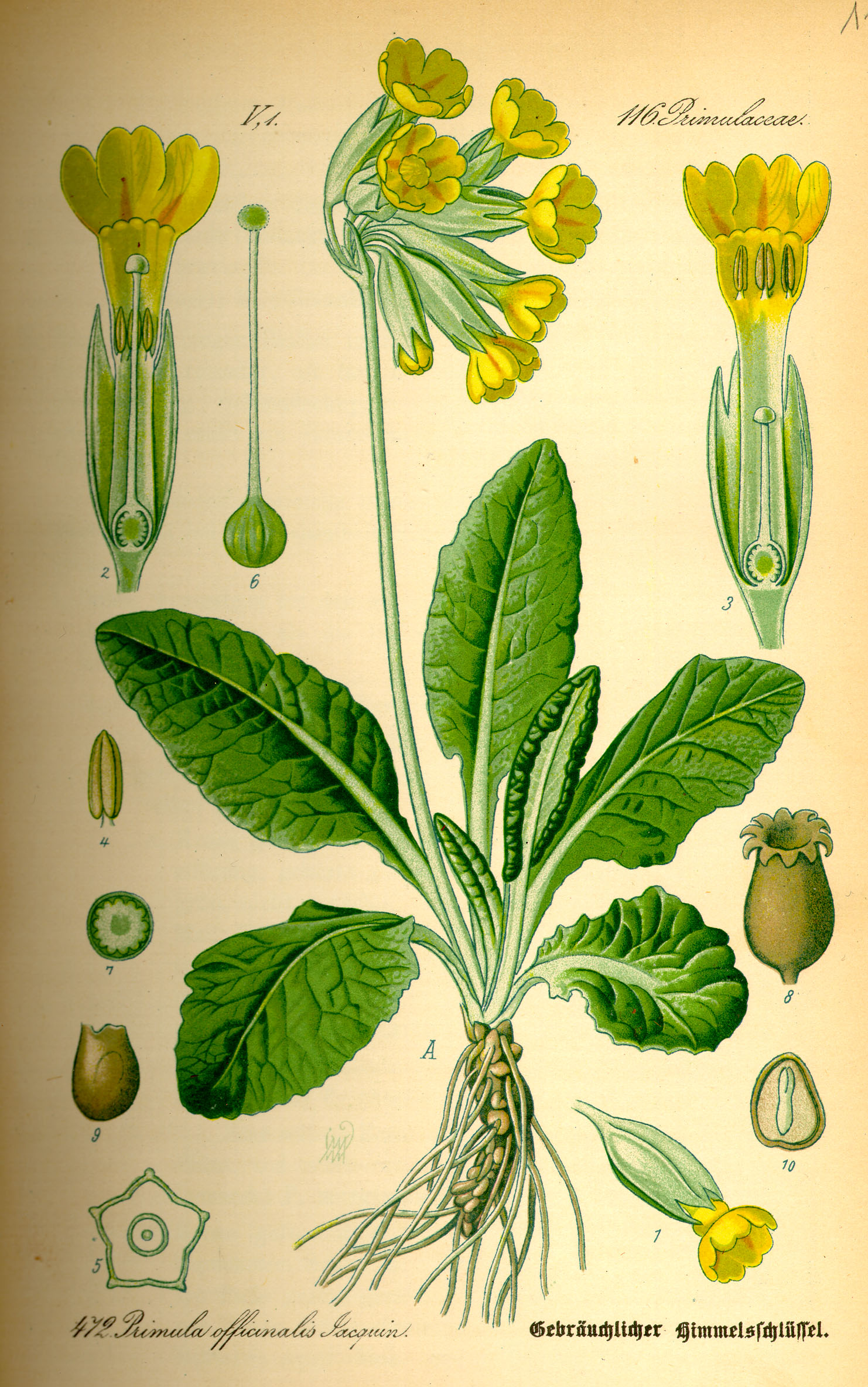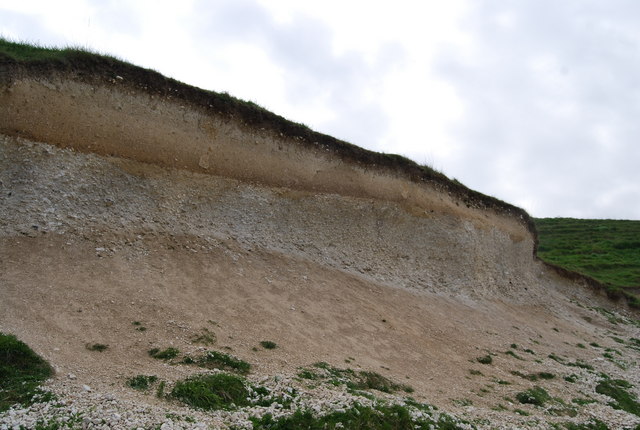|
Primula Scandinavica
''Primula scandinavica'' is a species of flowering plant in the family Primulaceae. Description ''Primula scandinavica'' is a perennial plant, which possesses a basal rosette of leaves. The leaves are around 2–4 cm long, narrow at the base, yet broad and rounded at the tip. Flowers are based on the top of stalks ranging from 4–10 cm tall. Petals are pink in colour, with the eye of the flower being yellow. Distribution The native range of ''P. scandinavica'' is confined to Scandinavia where it endemic to both Norway and Sweden. Habitat ''Primula scandinavica'' grows on calcareous Calcareous () is an adjective meaning "mostly or partly composed of calcium carbonate", in other words, containing lime or being chalky. The term is used in a wide variety of scientific disciplines. In zoology ''Calcareous'' is used as an a ... rocks. It can be found in coastal habitats such as rocky outcrops, stony shores and cliffs. It also grows in mountainous and alp ... [...More Info...] [...Related Items...] OR: [Wikipedia] [Google] [Baidu] |
IUCN
The International Union for Conservation of Nature (IUCN; officially International Union for Conservation of Nature and Natural Resources) is an international organization working in the field of nature conservation and sustainable use of natural resources. It is involved in data gathering and analysis, research, field projects, advocacy, and education. IUCN's mission is to "influence, encourage and assist societies throughout the world to conserve nature and to ensure that any use of natural resources is equitable and ecologically sustainable". Over the past decades, IUCN has widened its focus beyond conservation ecology and now incorporates issues related to sustainable development in its projects. IUCN does not itself aim to mobilize the public in support of nature conservation. It tries to influence the actions of governments, business and other stakeholders by providing information and advice and through building partnerships. The organization is best known to the wider ... [...More Info...] [...Related Items...] OR: [Wikipedia] [Google] [Baidu] |
Flowering Plant
Flowering plants are plants that bear flowers and fruits, and form the clade Angiospermae (), commonly called angiosperms. They include all forbs (flowering plants without a woody stem), grasses and grass-like plants, a vast majority of broad-leaved trees, shrubs and vines, and most aquatic plants. The term "angiosperm" is derived from the Greek words ἀγγεῖον / ('container, vessel') and σπέρμα / ('seed'), meaning that the seeds are enclosed within a fruit. They are by far the most diverse group of land plants with 64 orders, 416 families, approximately 13,000 known genera and 300,000 known species. Angiosperms were formerly called Magnoliophyta (). Angiosperms are distinguished from the other seed-producing plants, the gymnosperms, by having flowers, xylem consisting of vessel elements instead of tracheids, endosperm within their seeds, and fruits that completely envelop the seeds. The ancestors of flowering plants diverged from the common ance ... [...More Info...] [...Related Items...] OR: [Wikipedia] [Google] [Baidu] |
Primulaceae
The Primulaceae , commonly known as the primrose family (but not related to the evening primrose family), are a family of herbaceous and woody flowering plants including some favourite garden plants and wildflowers. Most are perennial though some species, such as scarlet pimpernel, are annuals. Previously one of three families in the order Primulales, it underwent considerable generic re-alignment once molecular phylogenetic methods were used for taxonomic classification. The order was then submerged in a much enlarged order Ericales and became a greatly enlarged Primulaceae ''sensu lato'' (''s.l''). In this new classification of the Angiosperm Phylogeny Group, each of the Prumulales families was reduced to the rank of subfamily of Primulaceae ''s.l.'' The original Primulaceae (Primulaceae ''sensu stricto'' or ''s.s.'') then became subfamily Primuloideae, and one genus (''Maesa'') was raised to the rank of a separate subfamily, making four in all. Description The family sha ... [...More Info...] [...Related Items...] OR: [Wikipedia] [Google] [Baidu] |
Perennial Plant
A perennial plant or simply perennial is a plant that lives more than two years. The term ('' per-'' + '' -ennial'', "through the years") is often used to differentiate a plant from shorter-lived annuals and biennials. The term is also widely used to distinguish plants with little or no woody growth (secondary growth in girth) from trees and shrubs, which are also technically perennials. Perennialsespecially small flowering plantsthat grow and bloom over the spring and summer, die back every autumn and winter, and then return in the spring from their rootstock or other overwintering structure, are known as herbaceous perennials. However, depending on the rigours of local climate (temperature, moisture, organic content in the soil, microorganisms), a plant that is a perennial in its native habitat, or in a milder garden, may be treated by a gardener as an annual and planted out every year, from seed, from cuttings, or from divisions. Tomato vines, for example, live several y ... [...More Info...] [...Related Items...] OR: [Wikipedia] [Google] [Baidu] |
Native Species
In biogeography, a native species is indigenous to a given region or ecosystem if its presence in that region is the result of only local natural evolution (though often popularised as "with no human intervention") during history. The term is equivalent to the concept of indigenous or autochthonous species. Every wild organism (as opposed to a domesticated organism) is known as an introduced species within the regions where it was anthropogenically introduced. If an introduced species causes substantial ecological, environmental, and/or economic damage, it may be regarded more specifically as an invasive species. The notion of nativity is often a blurred concept, as it is a function of both time and political boundaries. Over long periods of time, local conditions and migratory patterns are constantly changing as tectonic plates move, join, and split. Natural climate change (which is much slower than human-caused climate change) changes sea level, ice cover, temperature, and r ... [...More Info...] [...Related Items...] OR: [Wikipedia] [Google] [Baidu] |
Scandinavia
Scandinavia; Sámi languages: /. ( ) is a subregion in Northern Europe, with strong historical, cultural, and linguistic ties between its constituent peoples. In English usage, ''Scandinavia'' most commonly refers to Denmark, Norway, and Sweden. It can sometimes also refer more narrowly to the Scandinavian Peninsula (which excludes Denmark but includes part of Finland), or more broadly to include all of Finland, Iceland, and the Faroe Islands. The geography of the region is varied, from the Norwegian fjords in the west and Scandinavian mountains covering parts of Norway and Sweden, to the low and flat areas of Denmark in the south, as well as archipelagos and lakes in the east. Most of the population in the region live in the more temperate southern regions, with the northern parts having long, cold, winters. The region became notable during the Viking Age, when Scandinavian peoples participated in large scale raiding, conquest, colonization and trading mostly throughout Eu ... [...More Info...] [...Related Items...] OR: [Wikipedia] [Google] [Baidu] |
Endemism
Endemism is the state of a species being found in a single defined geographic location, such as an island, state, nation, country or other defined zone; organisms that are indigenous to a place are not endemic to it if they are also found elsewhere. For example, the Cape sugarbird is found exclusively in southwestern South Africa and is therefore said to be ''endemic'' to that particular part of the world. An endemic species can be also be referred to as an ''endemism'' or in scientific literature as an ''endemite''. For example ''Cytisus aeolicus'' is an endemite of the Italian flora. ''Adzharia renschi'' was once believed to be an endemite of the Caucasus, but it was later discovered to be a non-indigenous species from South America belonging to a different genus. The extreme opposite of an endemic species is one with a cosmopolitan distribution, having a global or widespread range. A rare alternative term for a species that is endemic is "precinctive", which applies t ... [...More Info...] [...Related Items...] OR: [Wikipedia] [Google] [Baidu] |
Norway
Norway, officially the Kingdom of Norway, is a Nordic country in Northern Europe, the mainland territory of which comprises the western and northernmost portion of the Scandinavian Peninsula. The remote Arctic island of Jan Mayen and the archipelago of Svalbard also form part of Norway. Bouvet Island, located in the Subantarctic, is a dependency of Norway; it also lays claims to the Antarctic territories of Peter I Island and Queen Maud Land. The capital and largest city in Norway is Oslo. Norway has a total area of and had a population of 5,425,270 in January 2022. The country shares a long eastern border with Sweden at a length of . It is bordered by Finland and Russia to the northeast and the Skagerrak strait to the south, on the other side of which are Denmark and the United Kingdom. Norway has an extensive coastline, facing the North Atlantic Ocean and the Barents Sea. The maritime influence dominates Norway's climate, with mild lowland temperatures on the ... [...More Info...] [...Related Items...] OR: [Wikipedia] [Google] [Baidu] |
Sweden
Sweden, ; fi, Ruotsi; fit, Ruotti; se, Ruoŧŧa; smj, Svierik; sje, Sverji; sju, Sverje; sma, Sveerje or ; yi, שוועדן, Shvedn; rmu, Svedikko; rmf, Sveittiko. formally the Kingdom of Sweden, is a Nordic countries, Nordic country located on the Scandinavian Peninsula in Northern Europe. It borders Norway to the west and north, and Finland to the east. At , Sweden is the largest Nordic country and the List of European countries by area, fifth-largest country in Europe. The Capital city, capital and largest city is Stockholm. Sweden has a population of 10.5 million, and a low population density of ; around 87% of Swedes reside in urban areas in the central and southern half of the country. Sweden’s urban areas together cover 1.5% of its land area. Because the country is so long, ranging from 55th parallel north, 55°N to 69th parallel north, 69°N, the climate of Sweden is diverse. Sweden has been inhabited since Prehistoric Sweden, prehistoric times, . T ... [...More Info...] [...Related Items...] OR: [Wikipedia] [Google] [Baidu] |
Calcareous
Calcareous () is an adjective meaning "mostly or partly composed of calcium carbonate", in other words, containing lime or being chalky. The term is used in a wide variety of scientific disciplines. In zoology ''Calcareous'' is used as an adjectival term applied to anatomical structures which are made primarily of calcium carbonate, in animals such as gastropods, i.e., snails, specifically about such structures as the operculum, the clausilium, and the love dart. The term also applies to the calcium carbonate tests of often more or less microscopic Foraminifera. Not all tests are calcareous; diatoms and radiolaria have siliceous tests. The molluscs are calcareous, as are calcareous sponges (Porifera), that have spicules which are made of calcium carbonate. In botany ''Calcareous grassland'' is a form of grassland characteristic of soils containing much calcium carbonate from underlying chalk or limestone rock. In medicine The term is used in pathology, for ... [...More Info...] [...Related Items...] OR: [Wikipedia] [Google] [Baidu] |
Reykjavík Botanic Garden
Reykjavík Botanic Garden (Latin: ''Hortus Botanicus Reykjavikensis'', Icelandic: ''Grasagarður Reykjavíkur'' ) is a botanical garden located in the district of Laugardalur in Reykjavík Reykjavík ( ; ) is the capital and largest city of Iceland. It is located in southwestern Iceland, on the southern shore of Faxaflói bay. Its latitude is 64°08' N, making it the world's northernmost capital of a sovereign state. With a pop ... that was established on August 18, 1961, on the 175th anniversary of the city. The garden currently conserves more than 5,000 plant species in eight plant collections and offers prosperous birdlife, particularly grey geese. One of the many purposes of the institution is education, with guided tours being provided to the public and school groups annually visiting the park. It is a member of the Botanic Gardens Conservation International organization with the code REYK. References External links Official website 1961 establishments in I ... [...More Info...] [...Related Items...] OR: [Wikipedia] [Google] [Baidu] |





.jpg)
